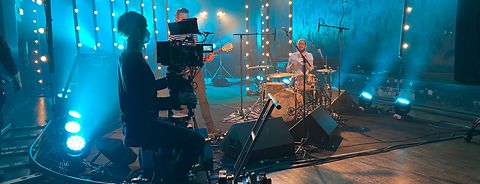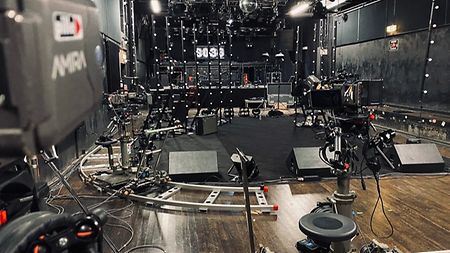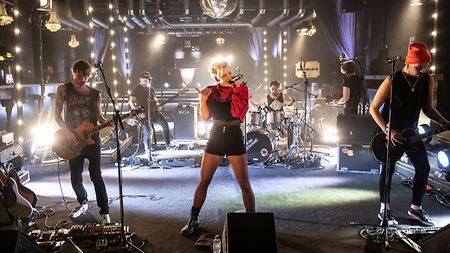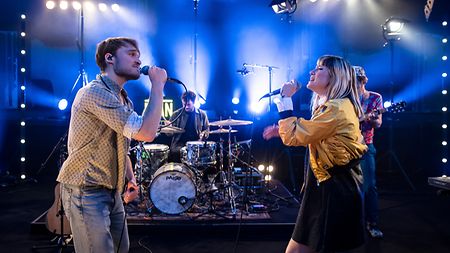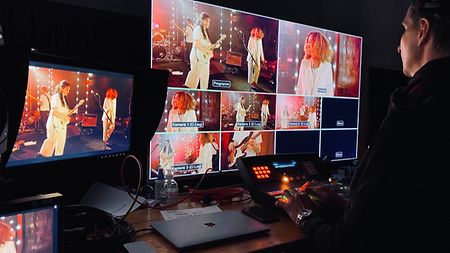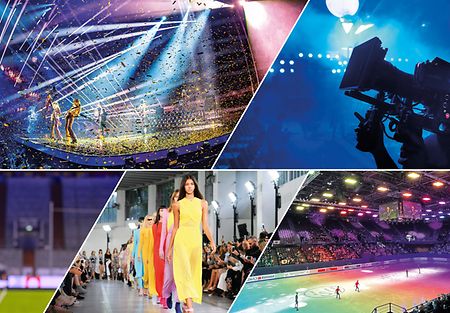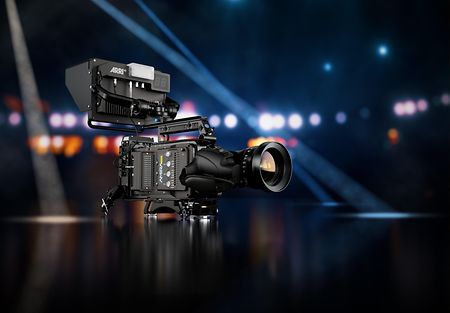In Germany, as in other countries, a year without live gigs has dealt a financial blow to music venues and musicians alike. With the online concert series "Stay Live," German broadcaster ZDFkultur, together with NPO Initiative Musik and agency Turbokultur, seeks to help the defunct music scene. Producer/director Marc Schuetrumpf and colorist/editor Christopher Stoeckle of production company Neoxfilm spoke to us about why they chose ARRI Multicam to shoot the 12 live concerts, while documentary filmmaker Tobias Koppe explains why ALEXA Mini was his camera of choice for behind-the-scenes footage.
Can you describe the ARRI Multicam setup you put together for the live concerts?
Marc Schuetrumpf: We had five ARRI AMIRAs, which were used and positioned in various different ways, including on two dolly systems with curved rails and on the stage itself, in an Easyrig. This was especially advantageous for our special stage, which we placed in the middle of the audience area. It also meant that larger bands, with up to 11 performers, could be filmed in a natural way because we could move among them and they played at the same level as our camera operators.
It really elevates the footage, going beyond the standard shots you would normally see for situations like that. Even with wider focal lengths you can have a narrower depth of field, drawing the audience’s attention either to the singer, or a different performer, or the mentor off to the side. That’s a big difference from traditional 2/3-inch cameras, where everything is in focus and you can’t shape the image. It’s also much more inspiring for the camera operators, who did a really outstanding job on this project.
Combining the AMIRAs with Fujinon Cabrio zooms meant that we could quickly, but smoothly, change focal length when needed. It made it look like we had more than five cameras, and allowed us to react much faster to changing situations. All in all, ARRI Multicam gave us a very flexible, high-quality setup. Like the way movies shot on film have a certain cinematic look – I always want to achieve that, and with this system I can.
